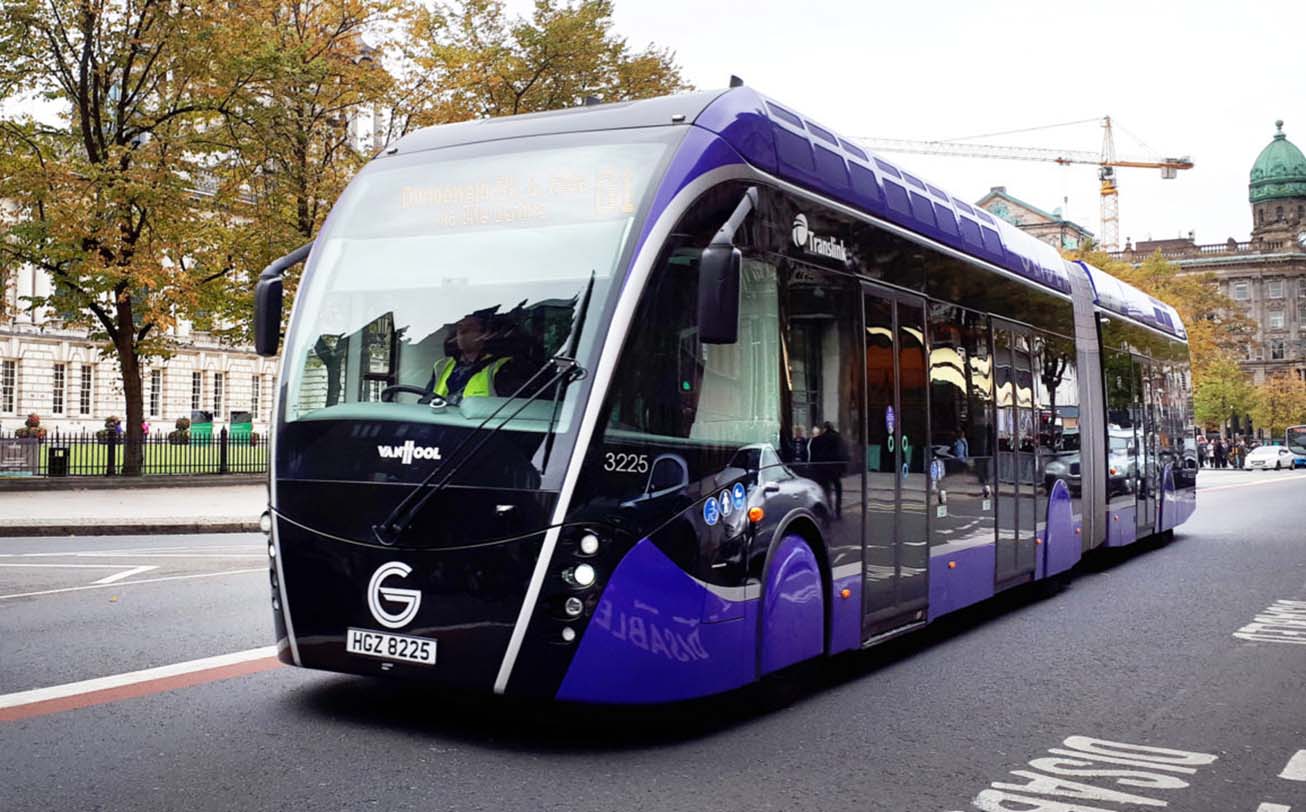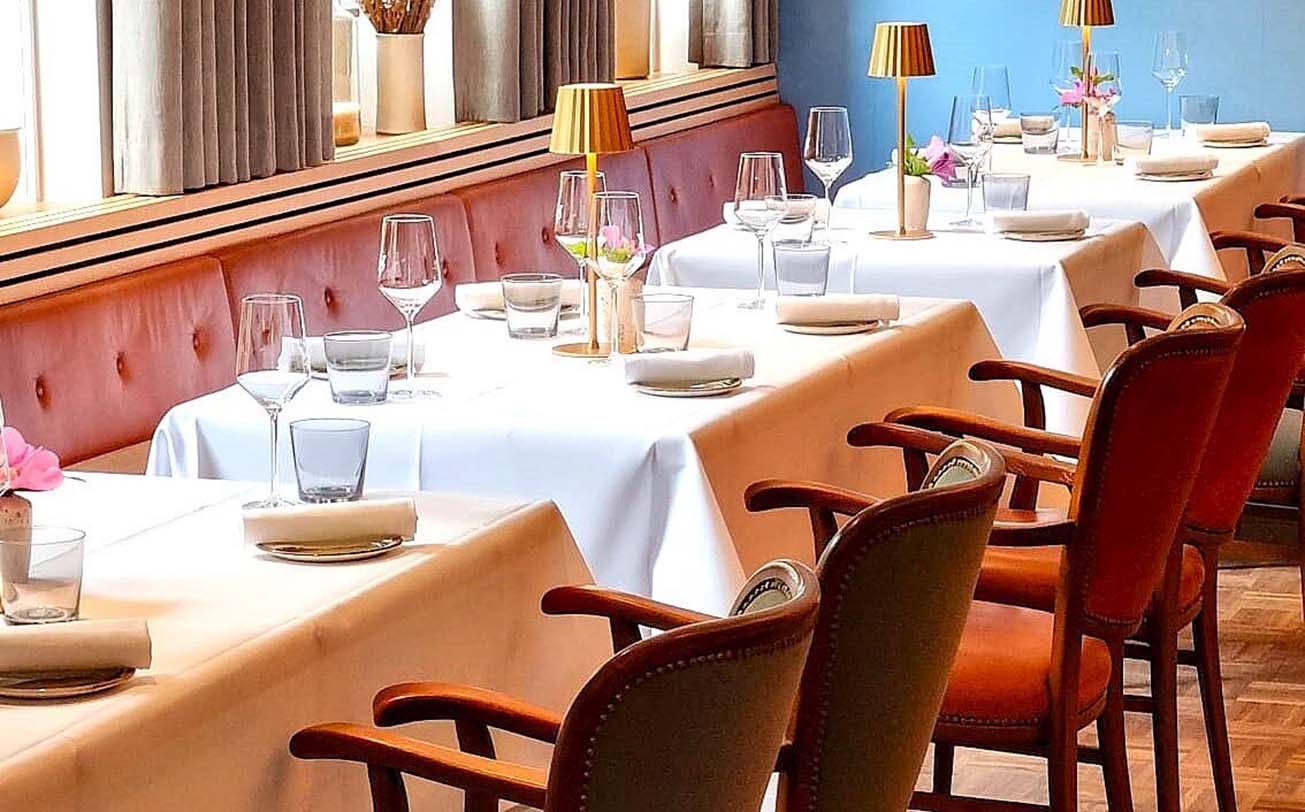Belfast, the vibrant capital of Northern Ireland, is a city steeped in history and culture, offering a plethora of attractions and experiences for travelers.
Navigating this bustling metropolis can seem daunting, but with a well-connected and efficient public transport system, getting around Belfast is easier than you might think.
Public Transport Overview
Belfast’s public transport system comprises buses, trains, and taxis, all coordinated to make commuting across the city convenient and efficient. The primary operators include Translink, which runs both bus and rail services, and various taxi companies. Here’s a closer look at each mode of transport:
Buses
Buses are the backbone of Belfast’s public transport network, offering extensive coverage throughout the city and surrounding areas. The bus system is primarily operated by Translink under two brands: Metro and Ulsterbus.
- Metro: The Metro service operates within the city, covering all major neighborhoods and attractions. Metro buses are color-coded according to different routes, making it easier for passengers to identify their desired service.
- Ulsterbus: Ulsterbus services connect Belfast with towns and villages across Northern Ireland, making it a great option for day trips to explore the countryside.
Trains
Trains in Belfast are another efficient way to travel, particularly for reaching the suburbs and neighboring cities. Translink operates the rail service under the brand name NI Railways.
- NI Railways: The network connects Belfast with major towns and cities across Northern Ireland, including Bangor, Larne, and Derry/Londonderry. There are also cross-border services to Dublin, operated in partnership with Irish Rail.
Taxis
Taxis are widely available in Belfast and are a convenient option for short trips or when public transport is not operating. There are several types of taxis:
- Black Cabs: These are traditional metered taxis that can be hailed on the street or found at taxi ranks.
- Private Hire Taxis: These need to be booked in advance through a phone call or a mobile app.
- Ride-Hailing Services: Companies like Uber operate in Belfast, providing another convenient option for travelers.
Using the Bus System
Understanding the Bus Routes
Belfast’s Metro bus routes are divided into different corridors, each color-coded for ease of navigation. Here’s a brief overview of the key corridors:
- City Centre (Pink): Services that operate within the city center, connecting major landmarks and shopping areas.
- North Belfast (Green): Routes serving the northern parts of the city, including areas like Antrim Road and Shankill Road.
- South Belfast (Blue): Routes heading south, covering districts such as Malone Road and Ormeau Road.
- East Belfast (Red): Services to the eastern suburbs, including Ballyhackamore and Dundonald.
- West Belfast (Yellow): Routes serving the western areas, such as Falls Road and Andersonstown.

Bus Stops and Timetables
Bus stops are conveniently located throughout Belfast. Each stop displays route numbers, destinations, and timetables. It’s important to check the timetable as bus frequency can vary depending on the time of day and the day of the week.
- Peak Hours: Buses are more frequent during morning and evening rush hours.
- Off-Peak Hours: Service frequency may reduce during mid-day and late evenings.
- Weekends: There can be variations in service, especially on Sundays.
Purchasing Tickets
There are several ways to purchase bus tickets in Belfast:
- Onboard: You can buy tickets directly from the driver with cash. However, it’s advisable to have the exact fare as drivers may not provide change.
- Smartcards: Translink offers a reusable smartcard called the “mLink” card, which can be topped up online or at designated outlets. It provides a convenient and cashless way to travel.
- Mobile App: The Translink app allows you to purchase and store tickets on your smartphone.
- Stations and Kiosks: Tickets can also be bought at Translink stations and various retail outlets across the city.
Types of Tickets
- Single Journey: Valid for a one-way trip on a specific route.
- Day Ticket: Unlimited travel on Metro services for one day.
- Weekly and Monthly Passes: Ideal for extended stays, offering unlimited travel within specified zones for the duration of the pass.
Accessibility
Translink ensures that buses are accessible to all passengers. Most buses are low-floor, making them wheelchair accessible. There are also designated spaces for wheelchairs and strollers.
Safety Tips
- Stay Alert: Always be aware of your surroundings and keep an eye on your belongings.
- Late-Night Travel: If traveling late at night, sit near the driver or in well-lit areas of the bus.
- Emergency Button: Most buses are equipped with an emergency button or intercom to contact the driver if needed.
Navigating the Train System
Train Routes and Stations
NI Railways operates several key routes from Belfast:
- Belfast to Bangor: This line runs along the eastern coast, providing scenic views of Belfast Lough.
- Belfast to Derry/Londonderry: A popular route for those exploring Northern Ireland’s second-largest city.
- Belfast to Larne: Ideal for travelers heading to the coastal town of Larne.
- Cross-Border Service to Dublin: Known as the Enterprise service, it connects Belfast with Dublin, offering a comfortable and quick journey between the two capitals.

Belfast has two main train stations:
- Belfast Central (Lanyon Place): Located in the city center, it is the main hub for trains heading south, including the cross-border service to Dublin.
- Great Victoria Street: Another major station, serving routes to the north and west of Belfast.
Purchasing Tickets
Train tickets can be purchased at stations, online, or via the Translink app. Options include:
- Single and Return Tickets: For one-way or round trips.
- Rail Passes: For unlimited travel over a set period, ideal for tourists exploring multiple destinations.
- Student and Senior Discounts: Available for eligible passengers, providing cost savings on regular fares.
Onboard Facilities
NI Railways trains are equipped with various amenities to ensure a comfortable journey:
- Wi-Fi: Complimentary Wi-Fi is available on most services.
- Cafés and Trolleys: The Enterprise service to Dublin includes a café bar, while other services may have trolley services for snacks and drinks.
- Accessibility: Trains are designed to be accessible, with designated spaces for wheelchairs and assistance available for boarding.
Timetables and Frequency
Train timetables are available at stations, on the Translink website, and via the mobile app. Similar to buses, train frequency varies by time of day and day of the week. The Enterprise service to Dublin typically operates every two hours.
Safety Tips
- Stay Behind the Yellow Line: When waiting for your train, stand behind the yellow safety line on the platform.
- Mind the Gap: Be cautious when boarding and alighting from trains.
- Secure Belongings: Keep an eye on your luggage and personal items, especially in busy stations and trains.
Using Taxis and Ride-Hailing Services
Types of Taxis
- Black Cabs: Can be hailed on the street or found at taxi ranks. These cabs operate on a meter and are a convenient option for quick trips.
- Private Hire Taxis: Must be pre-booked via phone or app. These taxis offer a fixed fare agreed upon at the time of booking.
- Ride-Hailing Services: Companies like Uber provide app-based taxi services, allowing you to book and track your ride in real-time.

Booking Taxis
- Phone: Most taxi companies offer phone booking services. Popular companies include Value Cabs and FonaCAB.
- App: Apps like Uber and those provided by local taxi firms allow for quick and easy booking.
- Taxi Ranks: Located at major transport hubs, shopping centers, and busy streets.
Tips for Using Taxis
- Check Rates: Confirm the fare with the driver before starting your journey, especially for long trips.
- Safety: Use reputable taxi companies or ride-hailing services. Check the driver’s ID and the vehicle’s license plate before getting in.
- Payment: Most taxis accept cash and card payments. Confirm the payment method when booking.
Exploring Belfast on Foot
Walkable City Center
Belfast’s city center is compact and walkable, making it easy to explore major attractions, shopping areas, and dining spots on foot. Key areas to explore include:
- Cathedral Quarter: Known for its lively arts scene, historic buildings, and vibrant nightlife.
- Titanic Quarter: Home to the Titanic Belfast museum and the historic shipyards.
- Victoria Square: A major shopping destination with a wide range of stores, restaurants, and a panoramic viewing gallery.
- Botanic Gardens and Queen’s Quarter: A beautiful area featuring the Botanic Gardens, the Ulster Museum, and Queen’s University.
Walking Tours
Several companies offer guided walking tours, providing insights into Belfast’s history, culture, and hidden gems. Popular tours include:
- Historic Belfast Walking Tour: Covers major historical sites and landmarks.
- Street Art Tour: Explores the city’s vibrant street art and murals.
- Food Tours: Combine sightseeing with tastings at local eateries and markets.
Safety Tips for Walking
- Stay Alert: Be aware of your surroundings and follow pedestrian signals.
- Well-Lit Areas: Stick to well-lit and busy areas, especially at night.
- Maps and Apps: Use maps and navigation apps to plan your route and avoid getting lost.
Additional Travel Tips
Travel Cards and Passes
- Visitor Pass: Translink offers a Visitor Pass providing unlimited bus and train travel for one, two, or three days. It’s a cost-effective option for tourists.
- Family and Group Tickets: Discounts are available for families and groups traveling together.
Information Centers
Visit the Belfast Welcome Centre for maps, brochures, and advice on public transport, attractions, and events. Staff can assist with travel planning and provide up-to-date information.
Language and Currency
- Language: English is the primary language spoken in Belfast.
- Currency: The currency used is the British Pound (GBP). Credit and debit cards are widely accepted, and ATMs are readily available.
Emergency Numbers
- Police, Fire, Ambulance: Dial 999 for emergencies.
- Non-Emergency Police: Dial 101 for non-urgent matters.
Climate and Weather
Belfast has a temperate maritime climate with mild summers and cool winters. Rain is frequent, so it’s advisable to carry an umbrella or raincoat. Check the weather forecast before your trip and pack accordingly.
Navigating Belfast’s public transport system is straightforward and efficient, allowing you to explore the city and its surroundings with ease.
Whether you’re hopping on a Metro bus, catching a train, hailing a taxi, or simply walking through the charming streets, these tips will help you travel smart and make the most of your visit to Belfast.



